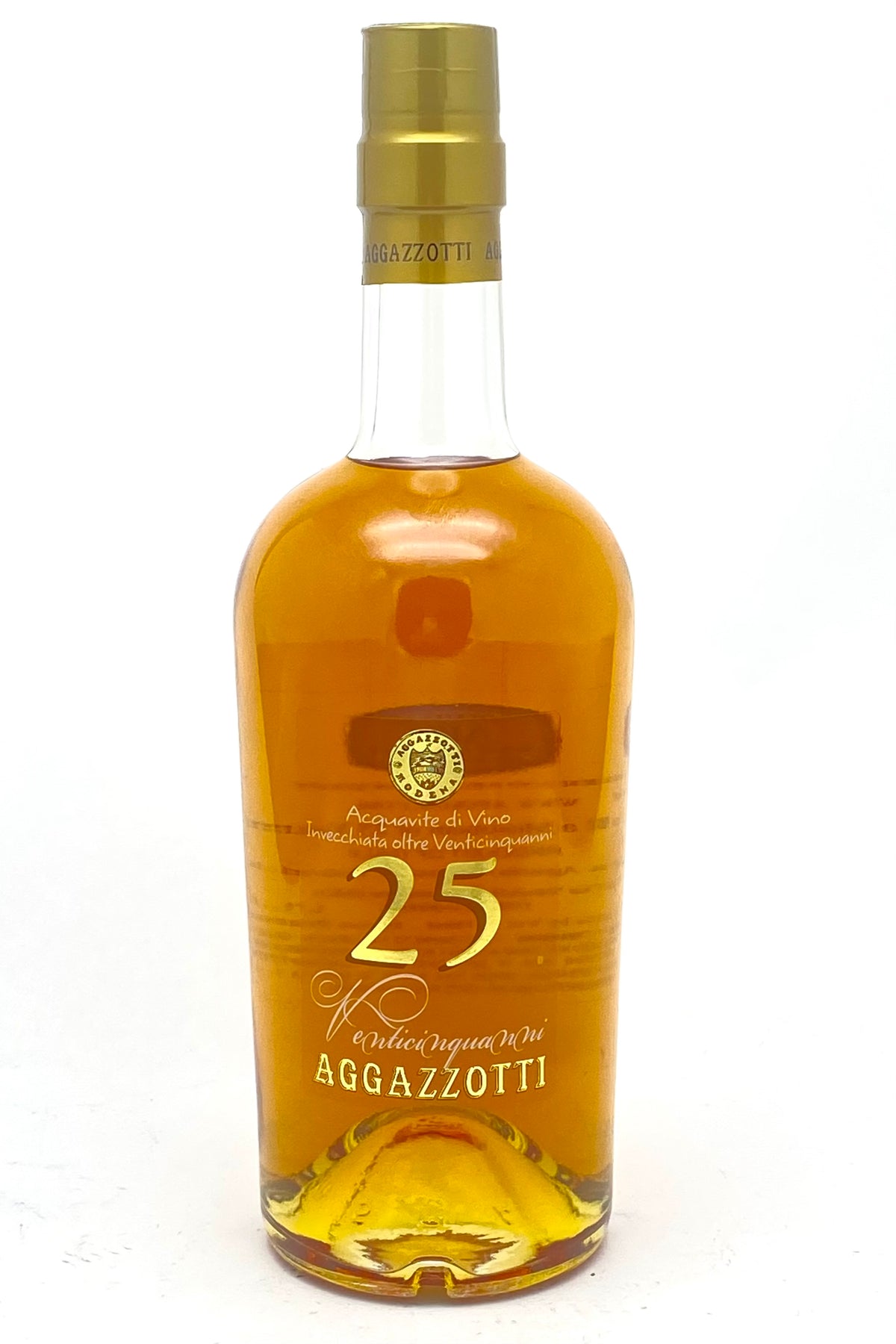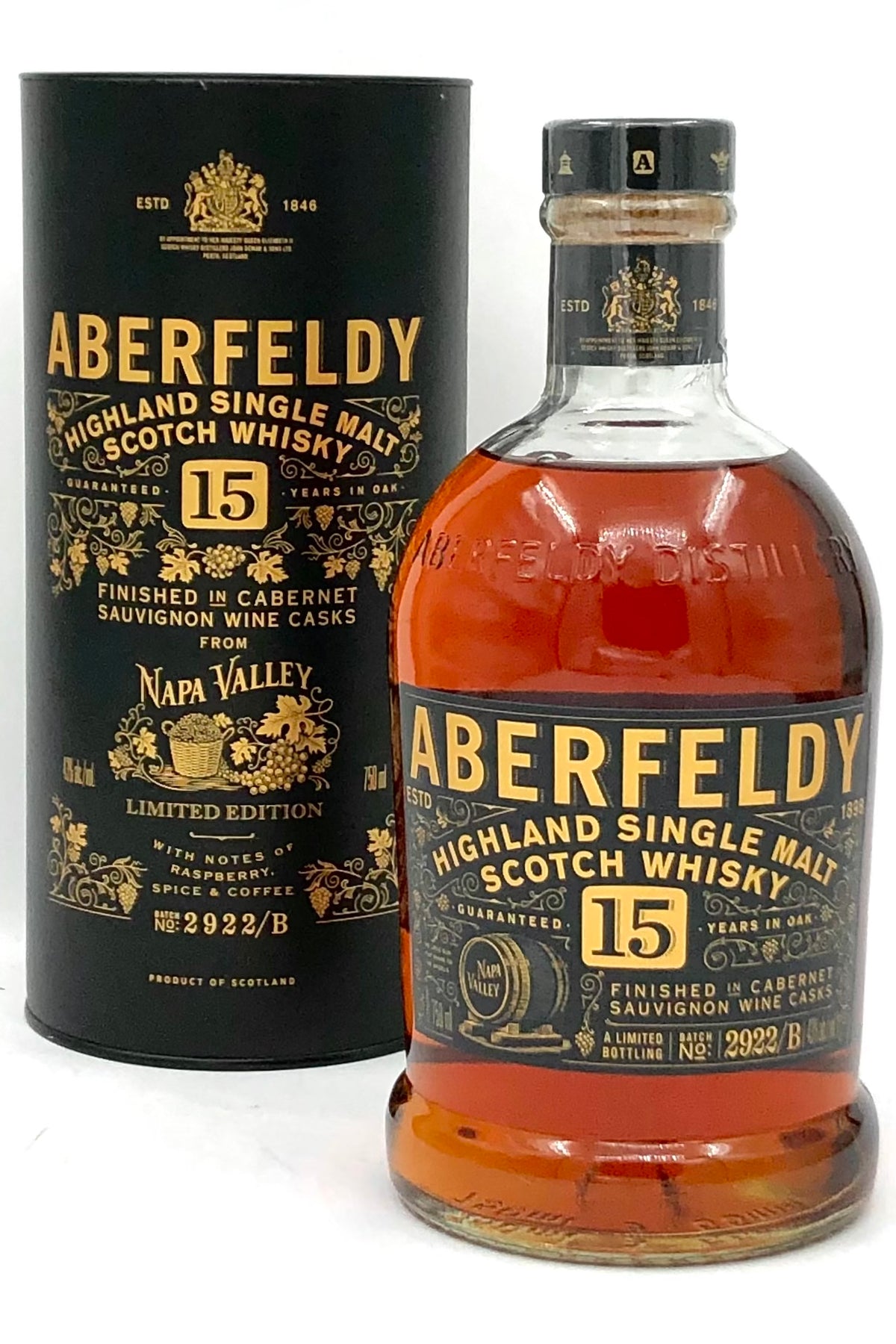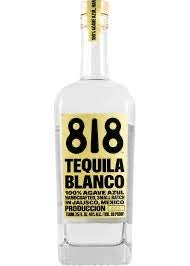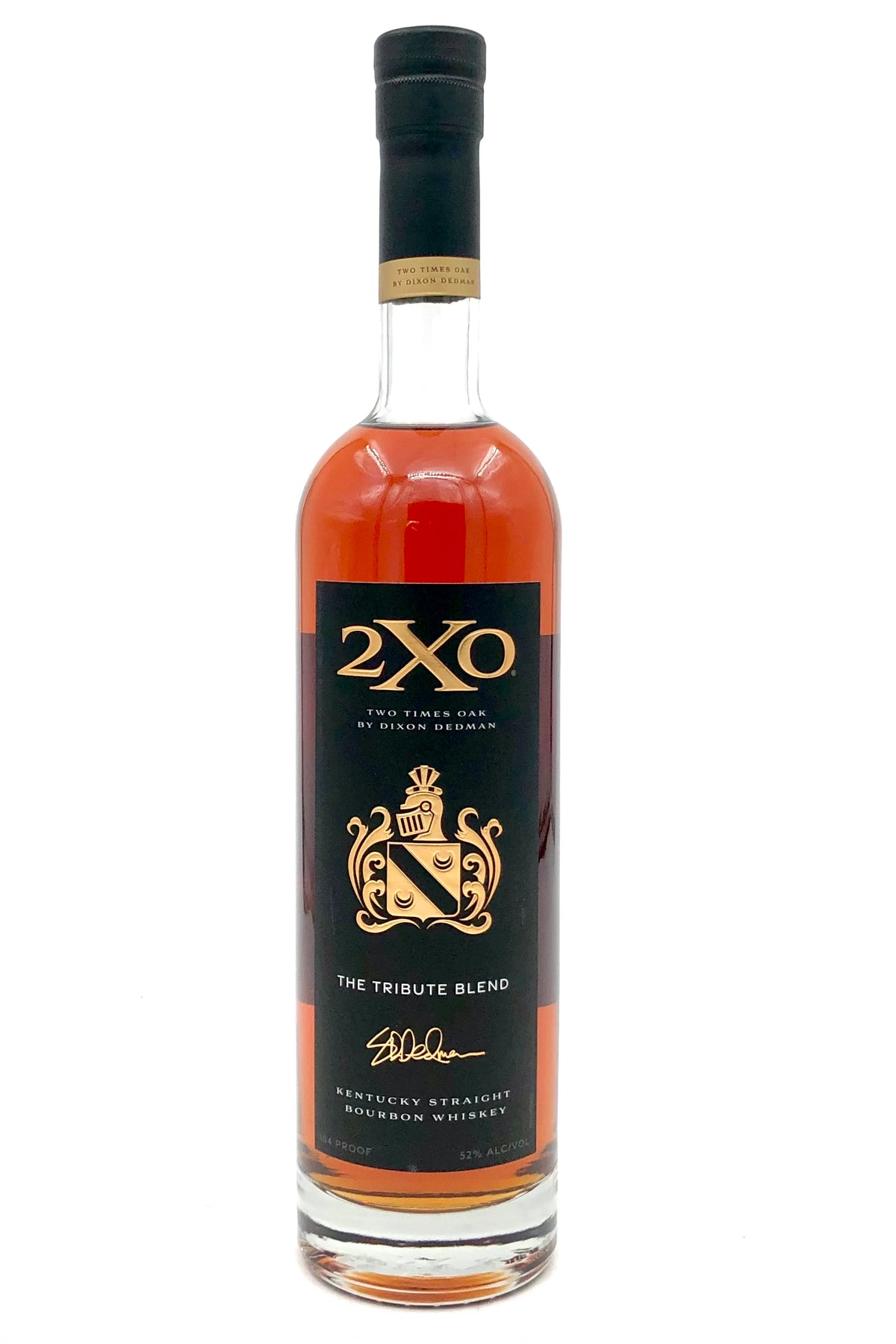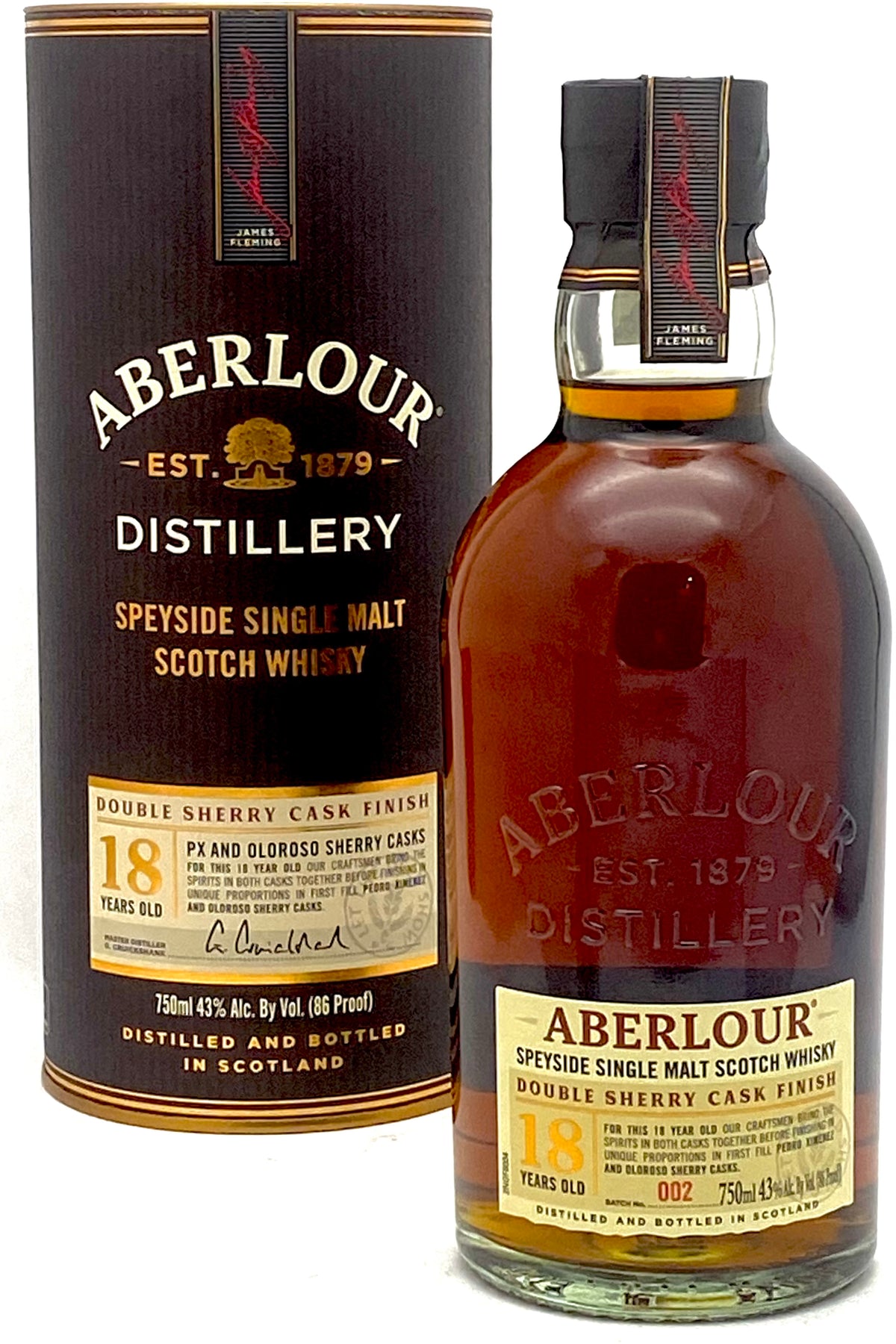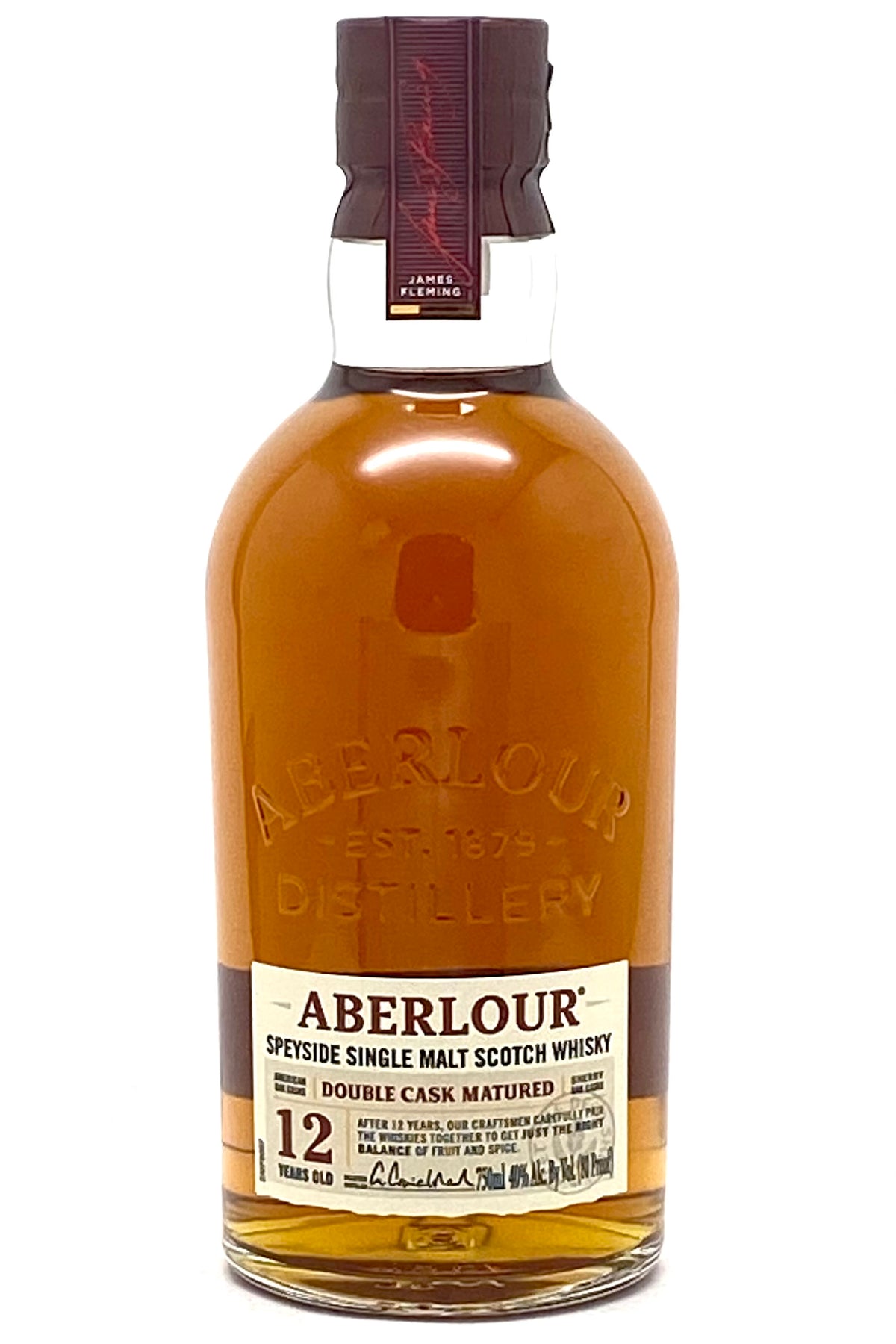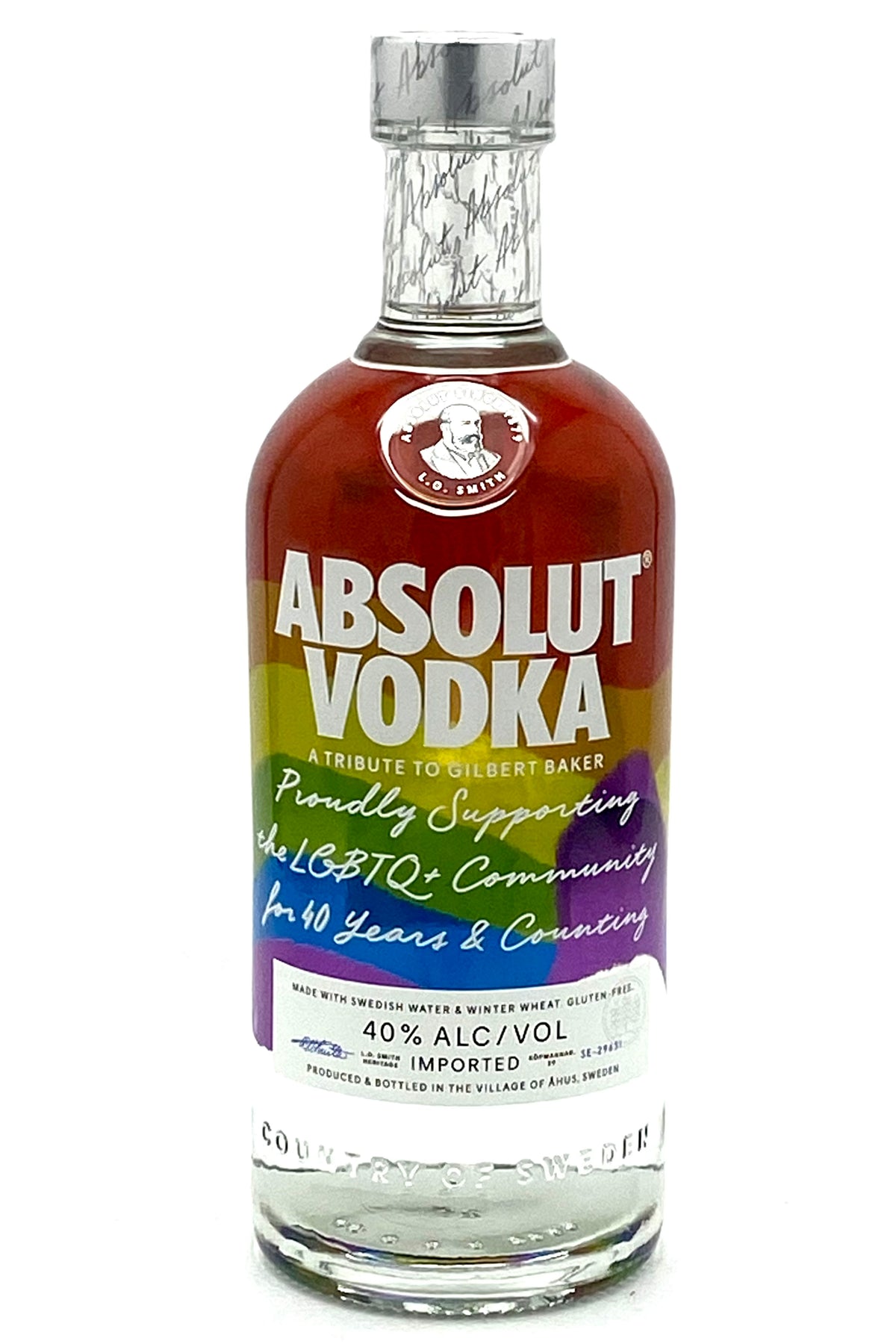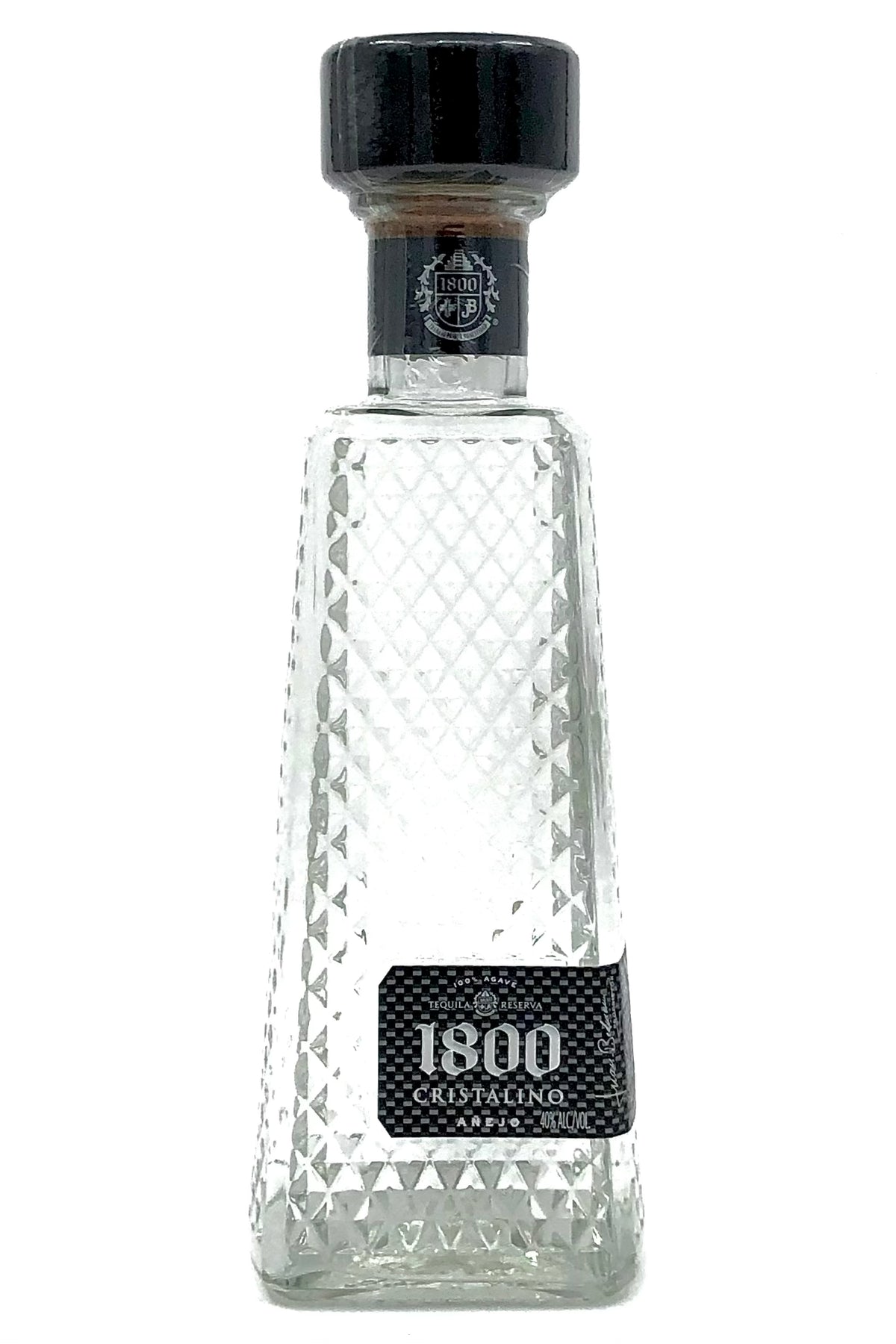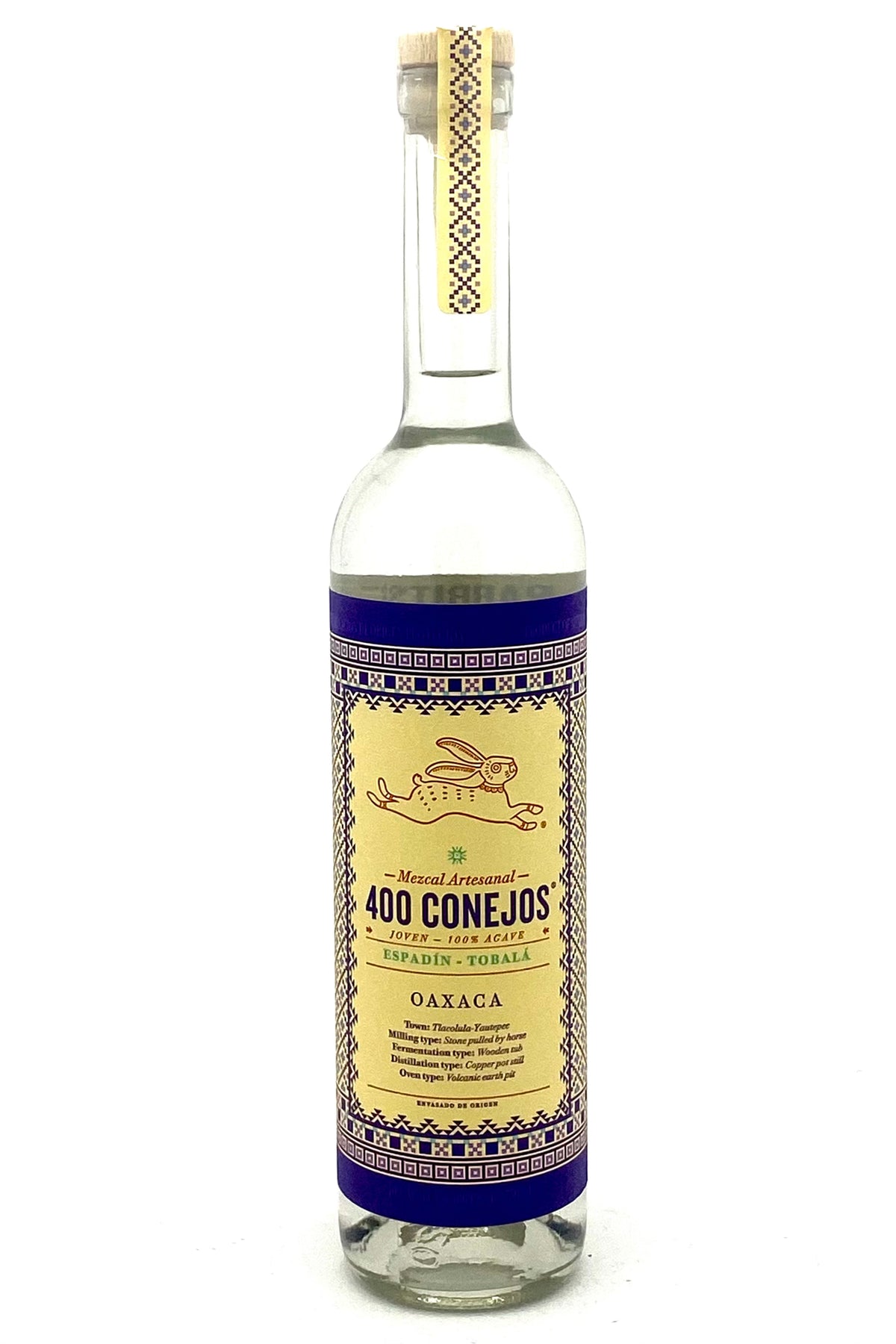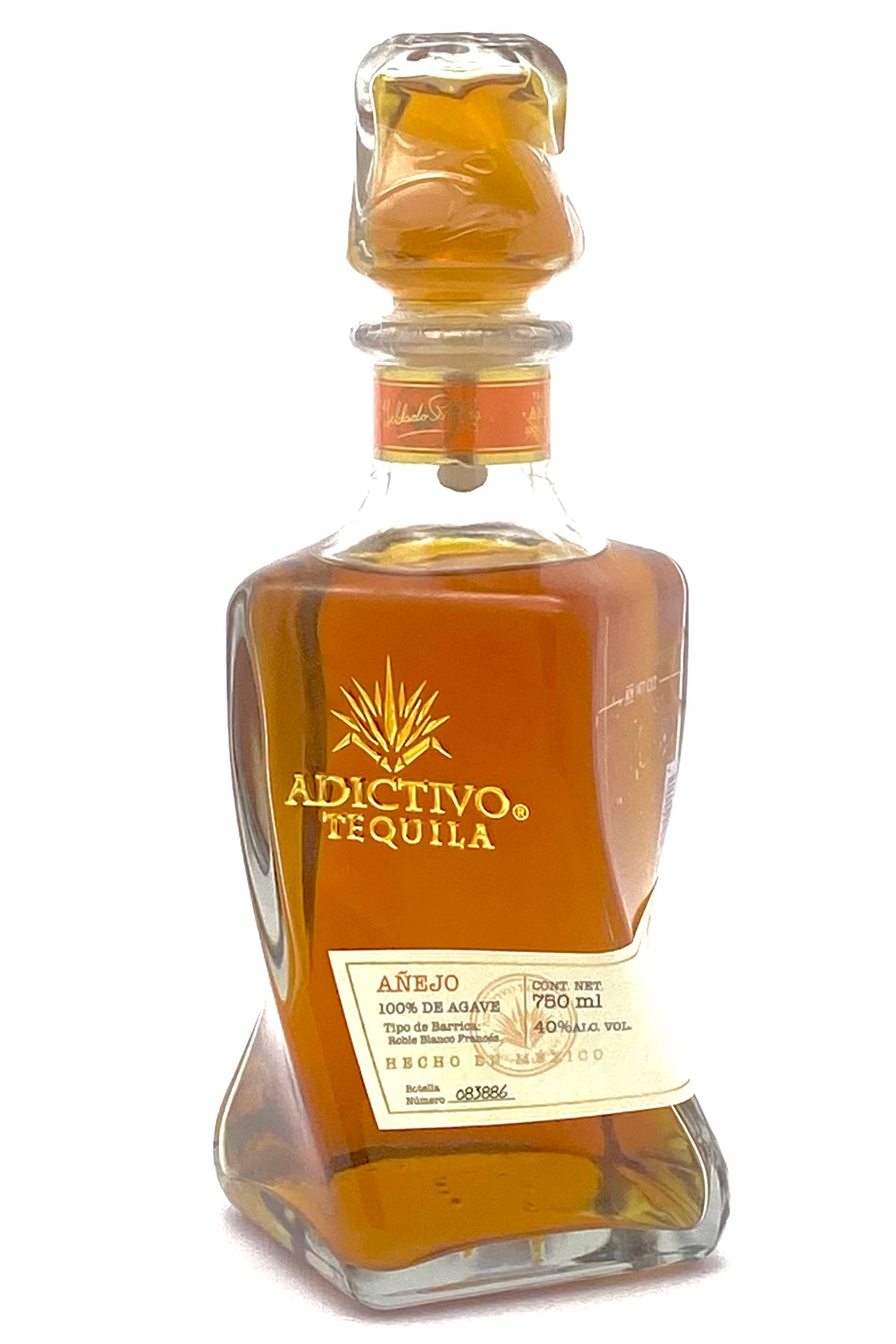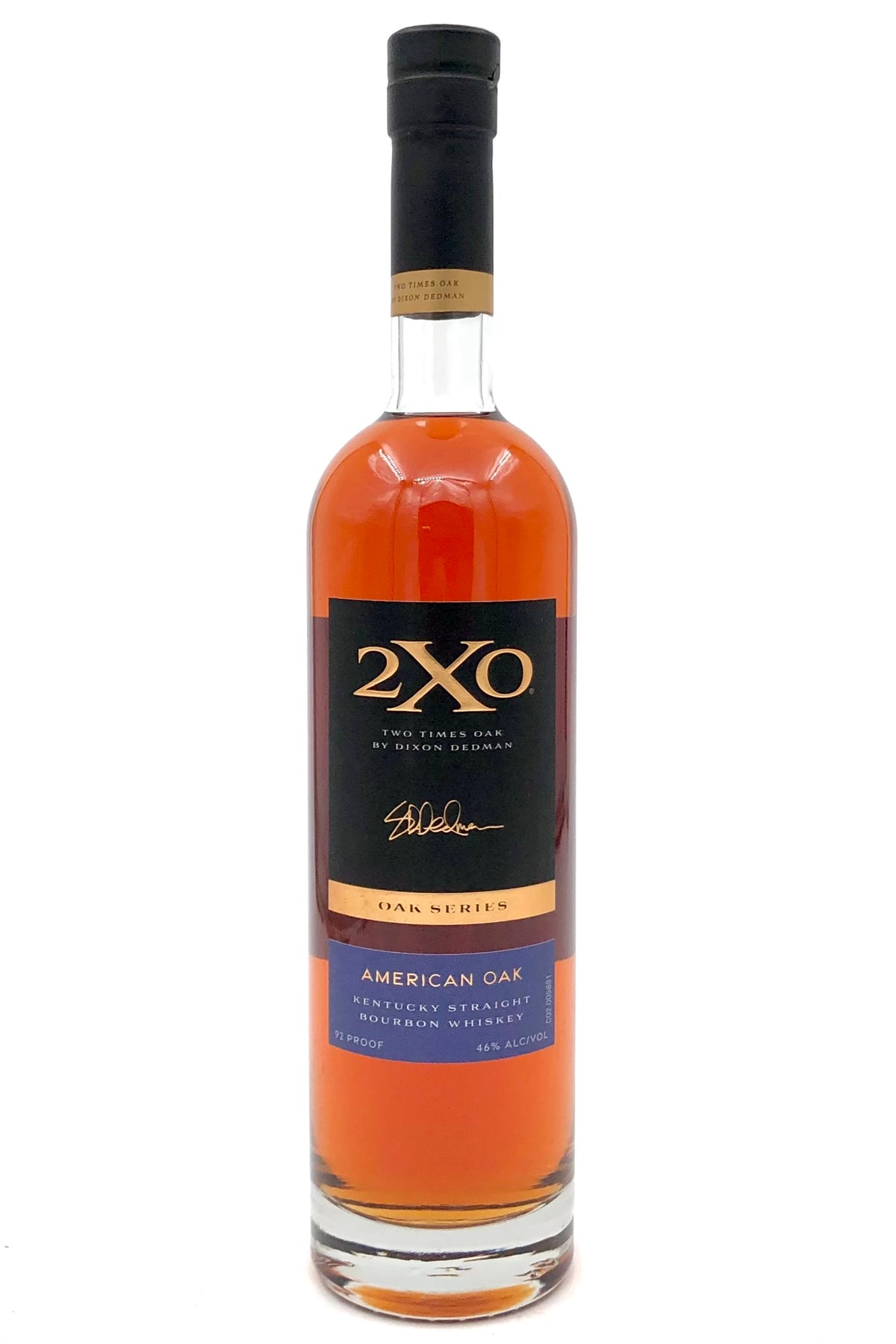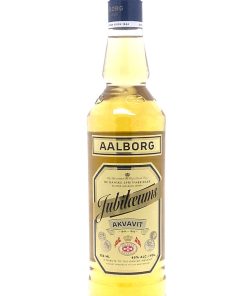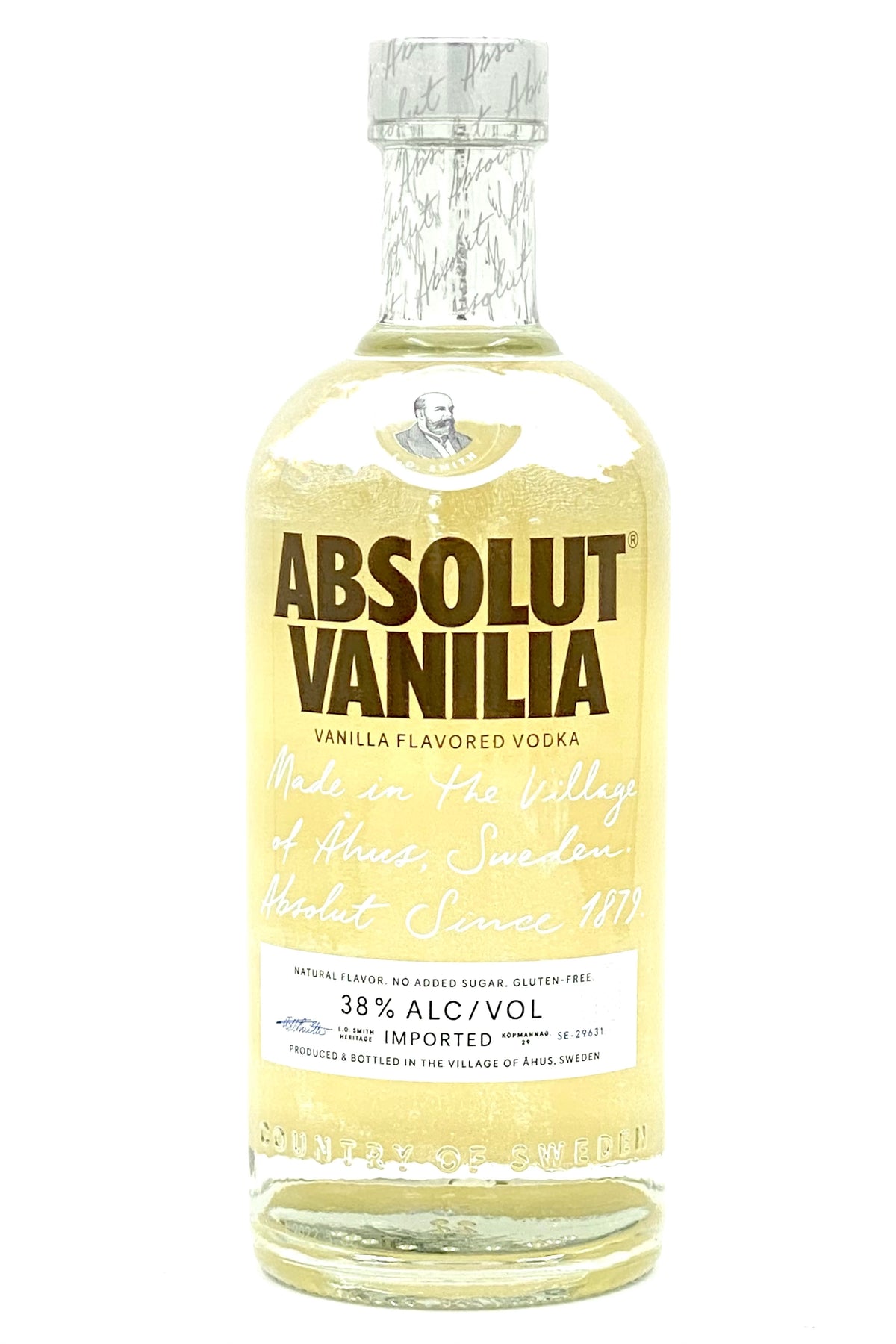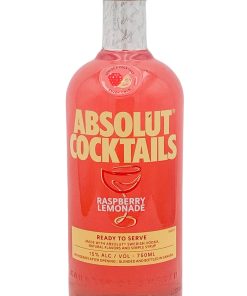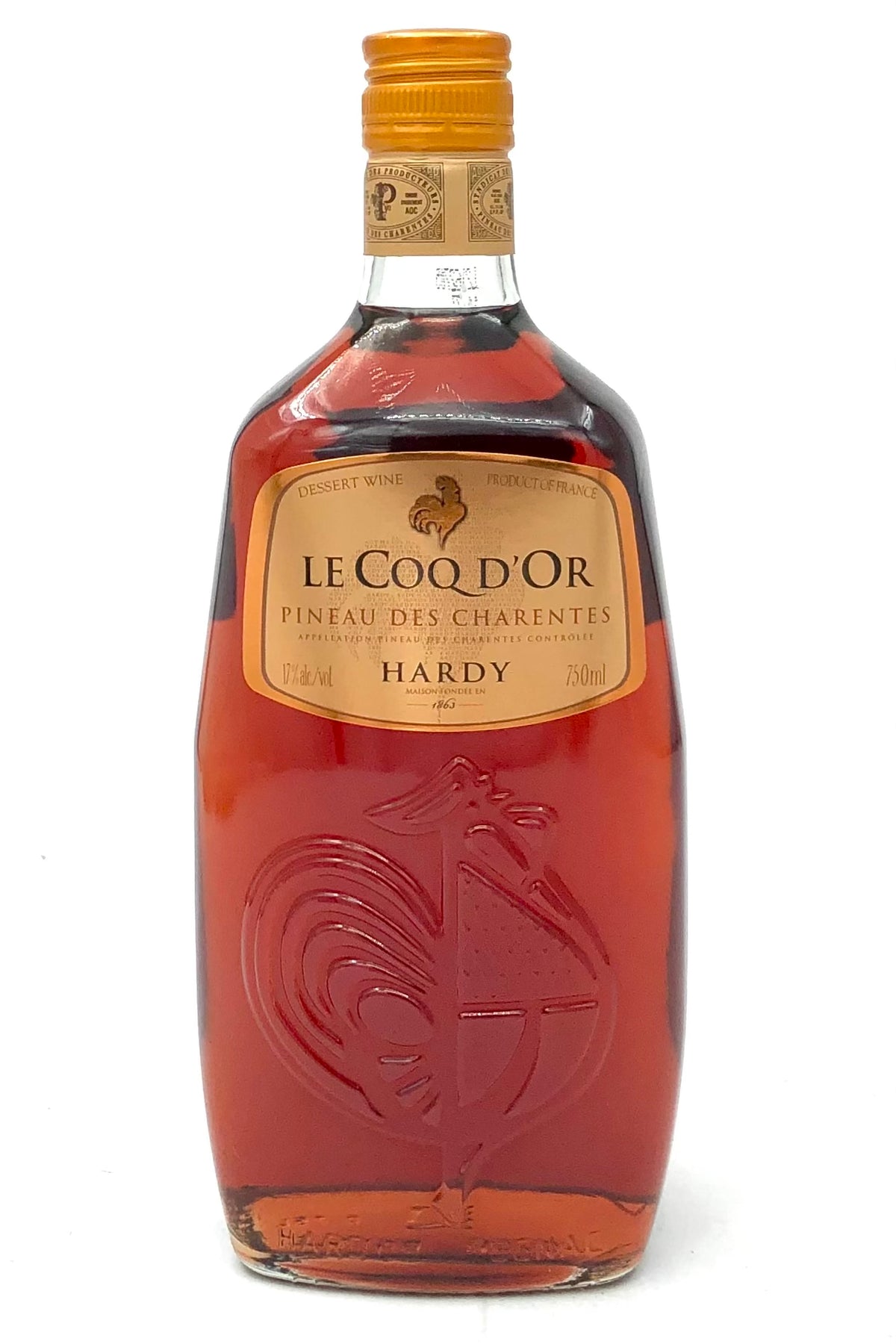Aggazzotti 25-Year Venticinquanni Italian Brandy Southern
$ 50,00 $ 30,00
40% ABV, 750 ml
“In 1862 Francesco “defined” aceto balsamico, and his words have passed into Italian law as we know. A year later in 1863, he turned his attention to the study of that most typical of Modenese grapes: Lambrusco. After all, his family had been cultivating the grape in Formigine since 1714, making wine, brandy and balsamic vinegar from it. Explaining his fondness for the Lambrusco of Modena, Francesco described himself as an, “agrophile for many years by inclination and circumstances of past times and passionate about my country.” Since the Napoleonic wars, the brandy of Aggazzotti had been esteemed in both Italy and France, but Francesco, driven by native pride and piercing intelligence, wanted his to rival the finest of Cognac. Enter Lambrusco.
To make any brandy of quality, acidic, neutral young wines are required. This is as true in Modena, as it is in Cognac. For this purpose, Franceso Aggazzotti cultivated Trebbiano on the hillsides around his estate. In Cognac the grape would be Ugni Blanc, in Armagnac Folle Blanche. What the scholar Francesco discovered, however, is that the addition of Lambrusco di Sorbara (the finest of Lambrusco varieties) to the base wine gave his finished brandy a beguiling spiciness unlike any other. From Franceso to Ettore, the brandy of Aggazzotti has featured Lambrusco to the most delightful effect. Thinking about it, it makes perfect sense: the acidity and low natural alcohol of the grape lends itself so easily to distillation. With Trebbiano contributing the “classic” brandy base, Lambrusco appears as the secret weapon to give Aggazzotti’s brandy that certain “je ne sais quoi.”
Of course, the base wines are only the starting point for any brandy; they must be distilled and aged with consummate skill, and in the right environment, to evolve into a world-class brandy. Following the method established by Francesco in the 19th century, Ettore now uses a continuous alembic still and ages in barrels of Slovonian oak. Long aging in oak barrels provides a framework of tannin and structure to his brandy, and allows for the delicate process of oxidation to build complexity. In Modena’s continental climate, the resting brandy slowly loses alcohol over the years so that when ready to be bottled, only a small addition of water is necessary to bring it to 40°. The last step before bottling is blending. Ettore uses a mixed palette of barrel sizes, ranging from 225 to 400 liters, giving him several expressions of his brandy to draw upon. His result is unique in Italy: single-estate, 25-year, alembic-distilled and master-blended brandy. The watchwords here are both etheral and intense. Aggazzotti’s Venticinquanni Brandy is pure and delicate, while possessing the tantalizing spice of the Lambrusco. Descriptors like toasted hazelnut, fig, tobacco, allspice and vanilla easily come to mind. There is no finer spirit from Italy.”
Fast Delivery and Professional Packaging
Our long-standing partnership with UPS FedEx DHL and other carriers around the world lets us offer a range of shipping services. Our warehouse employees will pack each item according to our strict requirements. Prior to shipping, your goods are carefully examined and securely secured. We ship to thousands of customers each day across different countries. This is a testament to our commitment to be the biggest online retailer in the world. Warehouses and distribution centers are located throughout Europe as well as in the USA.
Orders with more than 1 item are assigned processing periods for each item.
Before shipping, all ordered items will be thoroughly examined. Currently, most orders are shipped within 48 hours. Delivery time ranges between 3-7 days.
Returns
The stock is constantly changing. It's not completely managed by us, as we're involved with several organizations, such as the factory and the storage. So the actual stock may alter at any time. Please be aware it's possible your order could run out of stocks once you've placed your order.
The policy is 30 days. If 30 days have gone without a trace since the purchase, unfortunately we can't offer an exchange or refund.
The item should not be in use and must be in the original packaging. The item should be returned in its original packaging.
Related products
SPIRITS
SPIRITS
SPIRITS
SPIRITS
